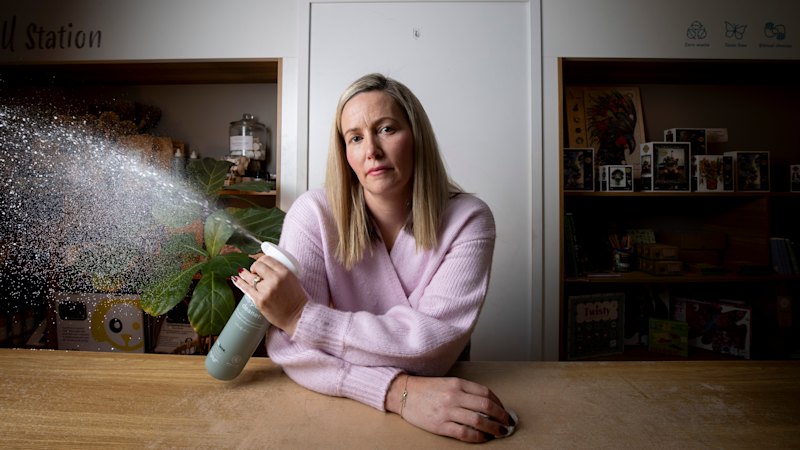
As concerns about environmental pollutants grow, parents are increasingly worried about the exposure of their children to microplastics. Dr. Cassandra Rauert, a senior research fellow at the University of Queensland, emphasizes the ubiquity of microplastics, stating, “We definitely know that we’re continuously exposed to microplastics.” These tiny particles, derived from petrochemicals, are not only a concern due to their physical presence but also because of the harmful chemicals they contain, such as BPA.
Microplastics enter our bodies primarily through inhalation and ingestion. While the extent of their impact on human health remains uncertain, research has linked them to several health issues, including declining sperm count, cardiovascular problems, cancer, and dementia. However, experts like Dr. Rauert caution that current testing methods and study quality have limitations.
The Science Behind Microplastics and Health
While exposure to microplastics is a known fact, the health implications are still under investigation. Professor Oliver Jones from the Royal Melbourne Institute of Technology points out that many microplastics studies suffer from contamination and are often conducted on animals, making it challenging to draw direct parallels to human health.
Dr. Nicholas Chartres, a senior research fellow at the University of Sydney, argues for action against non-essential plastics despite the limitations of current human evidence. He explains that consistent animal and cellular data indicate potential health risks, such as oxidative stress, a marker for inflammation and cancer.
“There’s absolutely sufficient evidence to take action on all non-essential plastics and remove them from the environment,” says Dr. Chartres.
However, the process of approving chemicals for market use often involves limited testing, typically requiring only one animal or cellular study. This narrow approach does not account for the complex ways humans are exposed to multiple chemicals daily, complicating the assessment of their safety.
Children’s Vulnerability to Microplastics
Parents like Sydney mother Corrine Sultana are taking proactive steps to reduce their children’s exposure to harmful substances. Sultana, who runs The Low Tox Project, has implemented measures such as using water and air filters, limiting plastic use, and avoiding non-stick cookware.
Dr. Rauert notes the difficulty in determining the specific effects of microplastics on children, but she theorizes that infants may ingest more dust and, consequently, more plastics due to their behavior. Similarly, Mark Green, an associate professor in reproductive biology, highlights that children’s higher intake and absorption rates could increase their vulnerability.
Research suggests that exposure to environmental toxicants, including microplastics, may occur through breastmilk and placentas, potentially affecting children’s health and development. Prolonged exposure has been linked to declining fertility rates and reproductive health issues.
The Role of Endocrine Disruptors
Beyond microplastics, the chemical additives they contain, such as PFAS, BPA, and phthalates, are known to disrupt hormonal balance. These endocrine-disrupting chemicals (EDCs) have become more prevalent since the mid-20th century, with approximately 80,000 new synthetic chemicals introduced into the environment.
“Since the end of World War II, close to 80,000 new synthetic chemicals have been released into the environment,” explains Mark Green.
While natural EDCs have existed for millennia, the surge in man-made chemicals poses new challenges for public health and the environment. Despite limited evidence on microplastics’ health effects, organizations like the World Health Organization advocate for a precautionary approach, emphasizing the need for further research.
Navigating Conflicting Information
With mixed messages from health authorities, parents are left to make informed decisions about their family’s exposure to microplastics. Food Standards Australia and New Zealand, for instance, downplay immediate health risks, while the European Food Safety Authority highlights deficiencies in existing studies.
Parents like Sultana and Davatzis adopt a balanced approach, focusing on what they can control within their homes. They emphasize informed decision-making without succumbing to fearmongering, implementing strategies like the 80/20 rule to manage exposure.
For those looking to reduce microplastic exposure, experts recommend avoiding plastic toys, especially for teething children, and opting for items made of natural materials. Additionally, minimizing the use of plastic in food preparation and choosing natural fiber clothing can help.
As research continues, understanding the full impact of microplastics remains a priority. Parents and health professionals alike must navigate the complexities of environmental pollutants to safeguard future generations.






